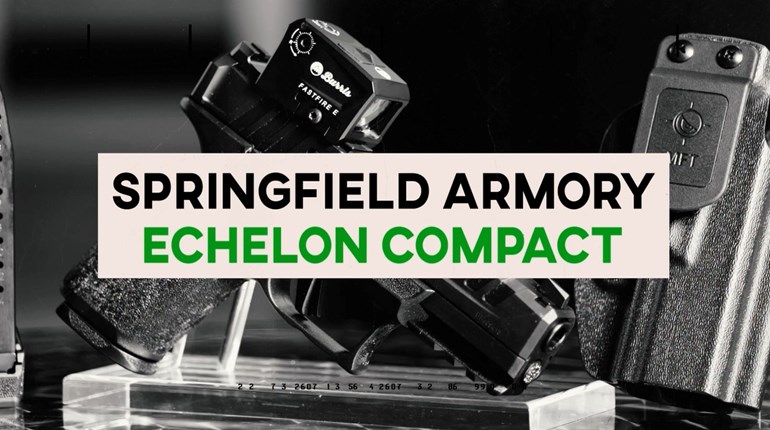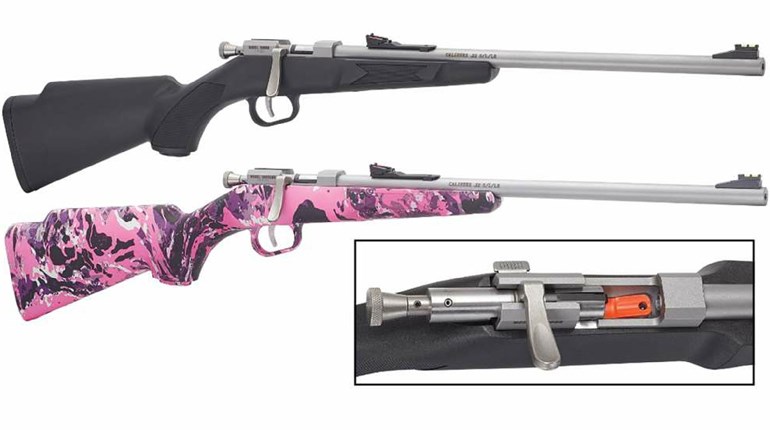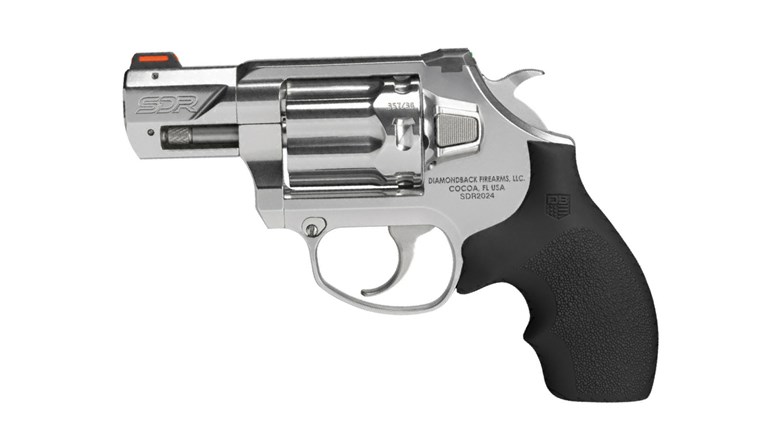
If price is one of the first things you look at in a gun purchase, you very well might balk at the price of the Nighthawk Talon II; after all, a firearm is a tool you will use, carry and put obvious wear on.
The reason for the price is that it is not just a tool—a Nighthawk is a jewel, a paragon, an object of status. If the Talon II does not induce envy in the hearts of your fellow gun-club members, you’d have to wonder why they’re there.
The Nighthawk Talon II is the commander-sized version of the Talon, a single-stack 1911 available in either 9 mm or .45 ACP (other calibers are available for an additional cost). It comes standard with no rail and a single-side safety and is built on a forged slide-and-frame set, as part of Nighthawk’s “fully machined” series. The slide receives Heinie SlantPro Straight Eight tritium sights, front and rear, and the top of the slide is serrated to cut down on glare. Those grooves, running the length of the slide, also direct your eye to the front sight during presentation. The internals of the slide, the firing pin, stop plate, extractor, barrel and bushing are all hand-fitted. (The firing pin, interestingly, is a smaller- diameter one, what might be called a .38 Super/9 mm firing pin, and the breech face is drilled appropriately for it, even though this is chambered for .45 ACP—something to note if you plan to stock up on spare firing pins.)
 The match barrel is, of course, fitted and timed properly, the ramp properly configured and polished and the bushing a snug fit to the slide, for maximum accuracy. The back of the slide is also serrated.
The match barrel is, of course, fitted and timed properly, the ramp properly configured and polished and the bushing a snug fit to the slide, for maximum accuracy. The back of the slide is also serrated.
In an interesting combination on a black-nitrided pistol, the barrel is mated with a stainless bushing. The recoil spring retainer is checkered, and, of course, the ejection port is lowered and scalloped at the rear. These are all details that in the past you would have had to have sent your vanilla-plain commander off to a custom pistolsmith to get. When it returned months later, it would not have been executed to the level of detail as the Talon II, or any Nighthawk pistol. The custom guns of the 1980s, the classics, were beautiful, but they were also in some instances shockingly crude by comparison.
On the frame, the join between the frontstrap and the trigger guard is lifted—that is, there is an undercut on the trigger guard to allow your hand to get higher on the frame in your firing grip. A higher grip means a lower bore axis and less muzzle rise in recoil. The frontstrap, along with the mainspring housing, is checkered for grip. To complement the undercut frontstrap, the grip safety is a high-ride one with a “speed bump” at the bottom; this ensures your hand engages it properly when you assume a firing grip. (Such grip safeties used to be called beavertails, but that term marks one as an old-timer. So be it.)
The trigger is lightweight, with the aluminum bow machined with three openings to make it even lighter. All firing components are polished, tuned and fitted, and the result is the kind of trigger pull the 1911 is rightly famous for. Clean, crisp and with little over-travel, it’s a pure pleasure to use. Advocates of the various striker-fired polymer pistols seem to spend a lot of time trying to make their trigger pulls feel closer to a 1911’s, and this one sits at the pinnacle of that already lofty goal, with its trigger pull weight slipping by at a few ounces under 3.5 pounds.

The grips are Cocobolo, in a double-diamond pattern, with the Nighthawk logo in the center. The checkering is flat-topped and the grip has a border, so they are not as non-slip as they could be. If you want a set of grips that practically attach themselves to your hand, you’ll have to swap these for something more aggressive. The standard (as if!) Talon II comes with a left-side-only thumb safety. The slide stop is the modern version; that is, instead of an angled and checkered surface for your thumb to hit on reloads, the slide-stop shelf is a horizontal tab. The magazine release is checkered.
When the Talon II in .45 arrived, I spent an inordinate amount of time just getting a feel for it. Nighthawk makes sure that its pistols are built for carry—all the sharp edges and corners have been de-horned, so they won’t slice your hands up. But the de-horning hasn’t been done so aggressively that it looks like someone attacked it with a belt sander.
I tested the Talon II with defensive loads, since this is an everyday-carry pistol, and it shot more like it wanted to be a bullseye pistol. I tried some of my dwindling supply of the Black Hills classic IPSC load of a 200-grain lead semi-wadcutter, which everything shoots well, and it performed neck-and-neck with the Hornady XTP load.
Because Nighthawk is a custom shop, you can, within reason, have your Talon II any way you want it. As mentioned previously, you can have it in one of four calibers: 9 mm and .45 are standard, 10 mm and .38 Super are a little more. You can add an extended and threaded barrel. Go for one of the 10 different finishes, have parts buffed to a high polish or just have the whole thing done in stainless steel. Too heavy? Ask for the aluminum-framed version. Adjust checkering, stippling or scalloping, add an ambi safety or opt for the red-dot upgrade.
Still balking at the price? Well, I have several 1911s that I have over 100,000 rounds through, and they’re still going strong. The precise fitting of hardened-steel parts increases longevity in a pistol and keeps accuracy at a high level for a longer service life. Let’s say, just for the sake of argument, that at the 100,000-round mark, your Talon II is no longer shooting as accurately. At current ammunition prices, you’ll have consumed $42,500 worth of .45 ACP ball ammo, not counting incidentals. Nighthawk can rebuild your gun, tighten what has worn, replace what needs replacing and set you up for another 100,000-round run. At 5,000 rounds a year (416 rounds a month), hitting that 100,000-round count would take 20 years. By then, you should be a very good shooter, indeed. And the cost of your Talon II would represent about eight dollars of capital investment in each of your bi-weekly range sessions.

































